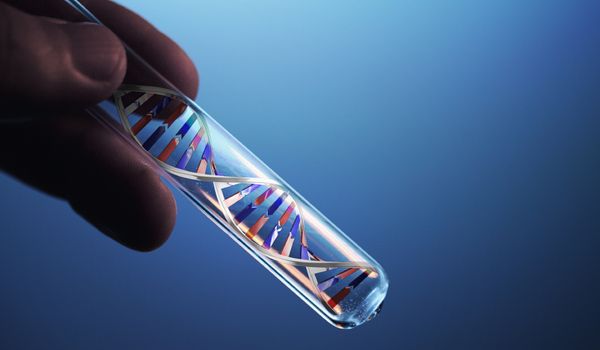Genetic Cause of Stunted Growth in Babies Discovered

The genetic cause of a syndrome that causes stunted growth in babies has eluded scientists since it was discovered 20 years ago. Now, a gene mutation thought to be linked to large stature has been pinpointed as the culprit of the so-called IMAGe syndrome.
The finding, the researchers say, could lead to new treatments and tests for the stunted-growth disease and its polar opposite syndrome.
Children with IMAGe syndrome have stunted growth before birth — babies with the syndrome end up with a smaller-than-normal body and organs. Complications from the disease can be life-threatening.
Study researcher Eric Vilain, of UCLA, first identified the disorder as a medical resident in his native France, where he cared for two boys, ages 3 and 6, who were dramatically short for their ages.
"I never found a reason to explain these patients' unusual set of symptoms," Vilain said in a statement. "I've been searching for the cause of their disease since 1993." [Top 10 Mysterious Diseases]
Identifying the gene
He finally found it after studying the genetics of an Argentinean family and several other patients with the syndrome. A total of 20 IMAGe patients have been identified with the syndrome across the globe, and many have provided samples for genetic testing.
Sign up for the Live Science daily newsletter now
Get the world’s most fascinating discoveries delivered straight to your inbox.
He compared the genomes of affected patients in the family with their nonaffected relatives. The researchers found the mutation that causes IMAGe in a gene called CDKN1C.
The mutation in the CDKN1C gene "consistently appeared in every family member affected by IMAGe syndrome," Vilain said in a statement. "We were a little surprised, though, because the mutation was located on a gene previously recognized as causing Beckwith-Wiedemann syndrome."
Beckwith-Wiedemann syndrome is a growth disorder that causes large body size and organs. Those with the disorder also have an increased likelihood of developing tumors, the most common of which are Wilm's tumor (a kidney cancer in kids) and adrenal carcinoma, according to the National Institutes of Health (NIH). This disease is more prevalent than IMAGe, affecting about 1 in 12,000 to 15,000 newborns worldwide; about one in five infants with the syndrome dies early in life, according to the NIH.
"Finding dual functions in one molecule is an unusual biological phenomenon. These two diseases are polar opposites of each other, Vilain said. "When the mutation appeared in the slim section we identified, the infant developed IMAGe syndrome. If the mutation fell anywhere else in the gene, the child was born with Beckwith-Wiedemann. That's really quite remarkable."
The study was published today, May 27, in the journal Nature Genetics.
You can follow LiveScience staff writer Jennifer Welsh on Twitter, on Google+ or on Facebook. Follow LiveScience for the latest in science news and discoveries on Twitter and on Facebook.
Jennifer Welsh is a Connecticut-based science writer and editor and a regular contributor to Live Science. She also has several years of bench work in cancer research and anti-viral drug discovery under her belt. She has previously written for Science News, VerywellHealth, The Scientist, Discover Magazine, WIRED Science, and Business Insider.












